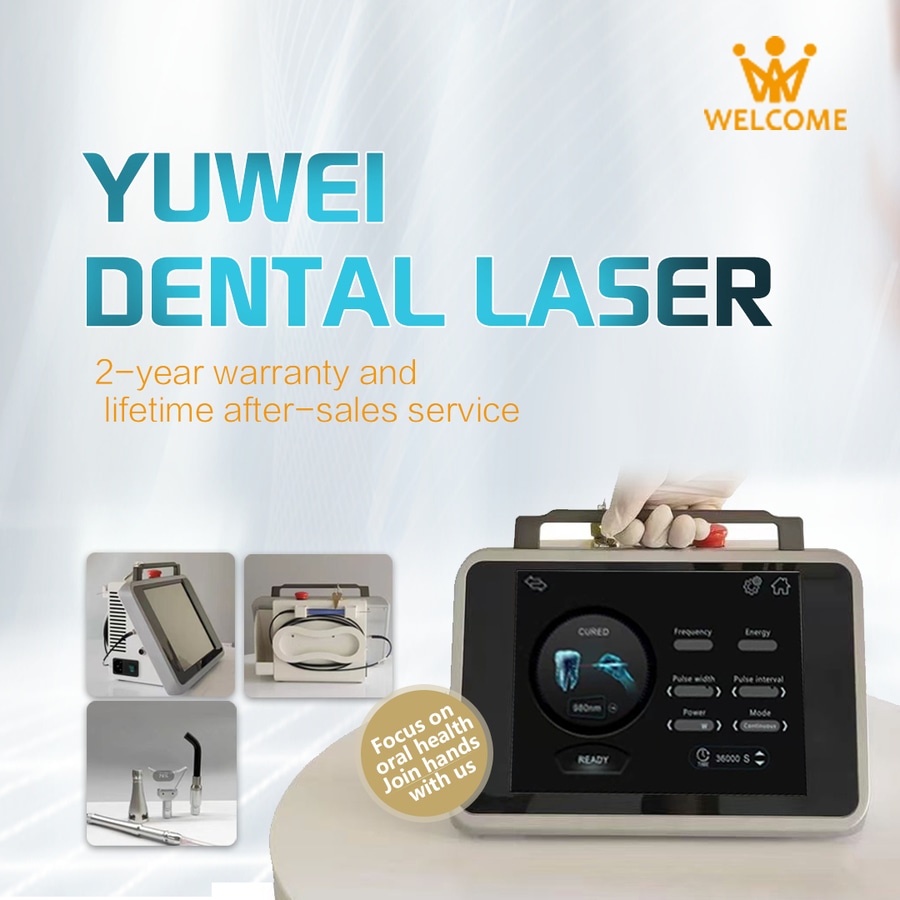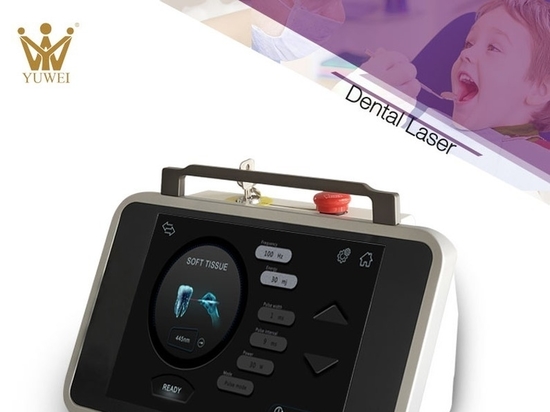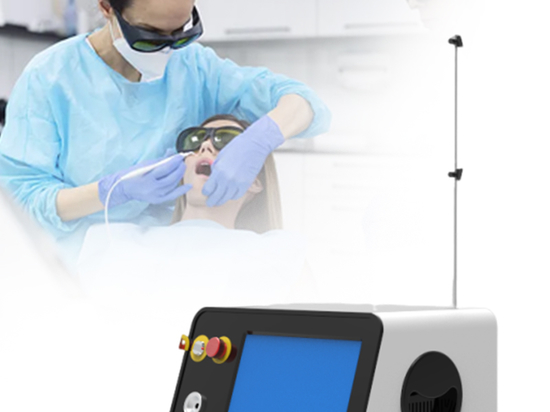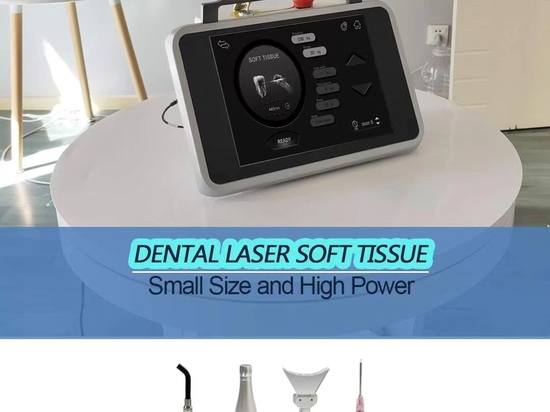
#Industry News
Dental Materials: The Transformation from Traditional to Modern
Dental materials have evolved from traditional metals and ceramics to high-tech composites and biomaterials, enhancing treatment outcomes and improving patient comfort and satisfaction.
With continuous advancements in dental technology, the evolution of dental materials has significantly enhanced treatment outcomes and patient experiences. From ancient simple repair methods to modern science-driven precision treatments, this transformation reflects the rapid development of science and technology.
Characteristics of Traditional Dental Materials
Early dental repair materials primarily consisted of natural substances. For example, ancient Egyptians used gold for dental repairs, while ancient Chinese employed silver amalgam for fillings. Metals were favored for their durability and corrosion resistance. However, these materials often lacked aesthetic appeal and biocompatibility, causing discomfort or aesthetic concerns for patients.
The advent of ceramic materials brought significant changes to traditional dental practices. Ceramics, with their translucency and hardness similar to natural teeth, became a popular choice for crowns and bridges. However, their brittleness and complex processing limited widespread use.
Breakthroughs in Modern Dental Materials
Since the 20th century, breakthroughs in material science have revolutionized dental materials. The invention of composite resins marked a new era for filling materials. These resins not only match the color of natural teeth but also offer excellent wear resistance and adaptability, making them an ideal replacement for traditional amalgams.
Additionally, the introduction of high-performance biomaterials transformed the field of dental implants. Titanium alloys, known for their outstanding biocompatibility and mechanical properties, became the preferred material for dental implants. These alloys integrate seamlessly with the jawbone, significantly improving implant stability and lifespan.
In recent years, nanotechnology has brought entirely new functionalities to dental materials. The application of nanofillers has greatly enhanced the strength and durability of composite resins, while antimicrobial nanomaterials show great promise in reducing postoperative infection risks.
Future Prospects
Looking ahead, the development of dental materials will focus more on personalization and intelligence. With digital scanning and 3D printing technologies, dentists can create customized restorations, achieving highly precise treatments. Moreover, self-healing intelligent materials are expected to be applied in dentistry, offering patients more durable protection.
In conclusion, the evolution of dental materials, from traditional metals and ceramics to modern composites and biomaterials, has not only improved the quality of treatment but also exemplified the profound impact of science and technology on healthcare. This process represents not just scientific progress but also a commitment to enhancing the quality of human life.




